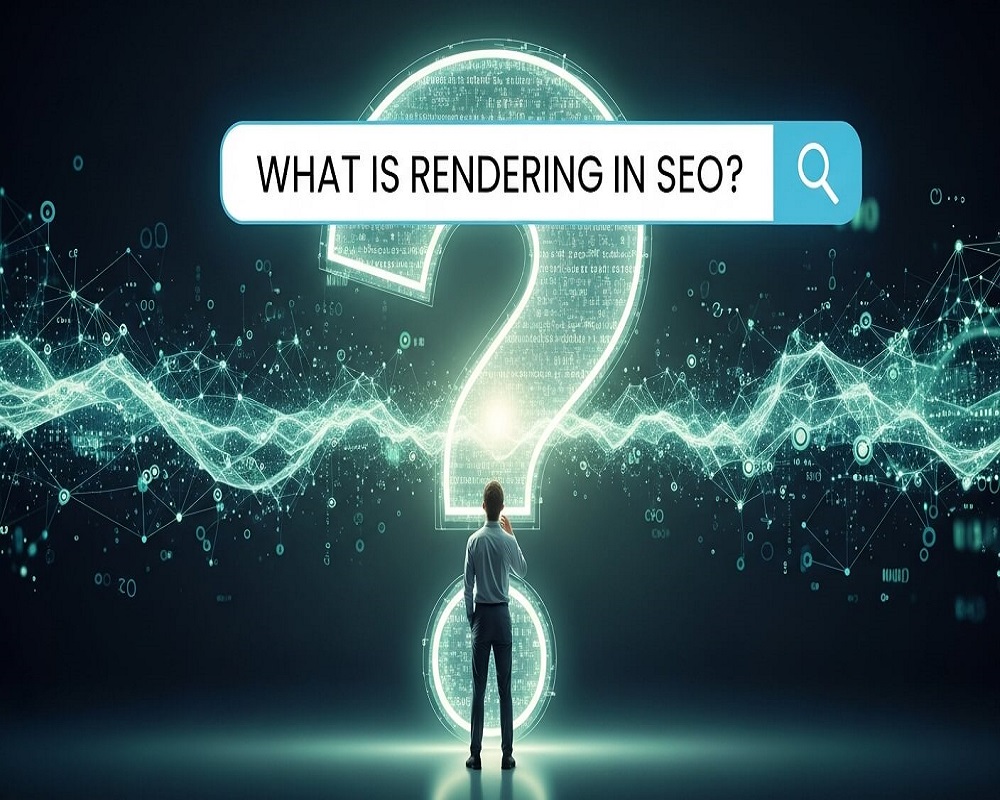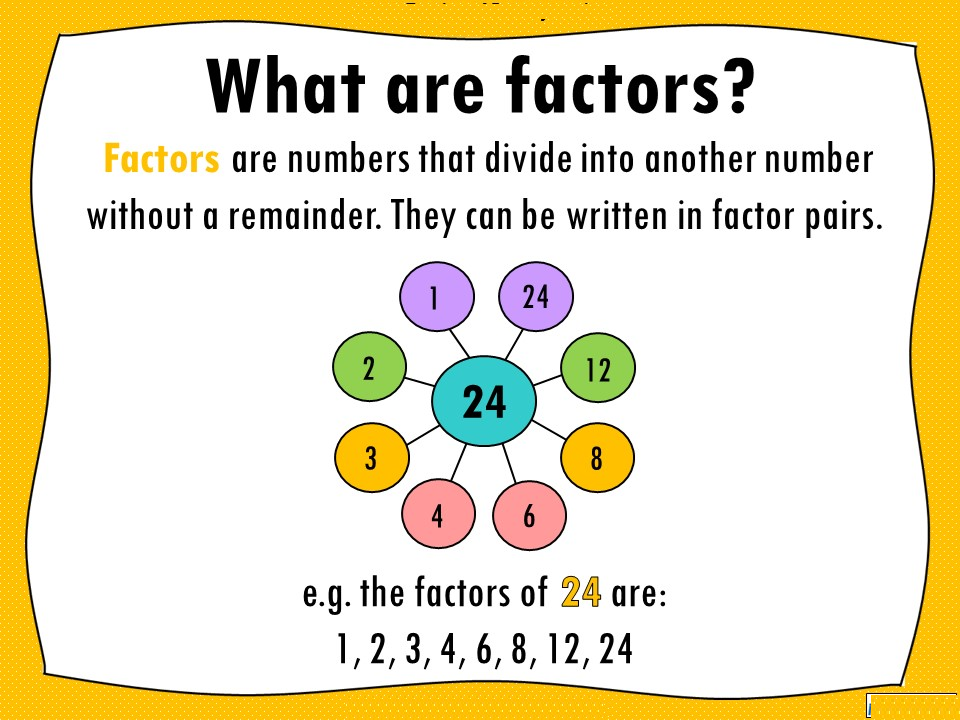Introduction to Rendering in SEO
In the dynamic digital landscape of September 2025, rendering is a cornerstone of search engine optimization (SEO) that determines how effectively a website’s content is discovered, indexed, and ranked by search engines like Google. Rendering is the process by which a search engine interprets a webpage’s code—HTML, CSS, and JavaScript—to generate the final, interactive version seen by users and available for indexing. This step is crucial for modern websites that rely on JavaScript for dynamic features like single-page applications (SPAs), lazy-loaded images, or real-time updates.
Key entities in this process include Googlebot, the Document Object Model (DOM), and rendering methods like client-side rendering (CSR). If rendering is mishandled, critical content may not be indexed, leading to lower rankings and reduced visibility in search engine results pages (SERPs). For example, a React-based SPA might display content only after JavaScript execution, which Googlebot may not fully process without proper optimization. This connects to semantic user intent: queries like “what is rendering in SEO” often seek clarity on how it impacts site performance, crawlability, and user experience metrics like Core Web Vitals (CWV).
Why does rendering matter? With search engines integrating AI-driven features like Google’s Search Generative Experience (SGE), efficient rendering ensures content appears in traditional and emerging search formats. Poor rendering can waste crawl budgets, delay indexing, and exclude sites from voice or visual search results. This 3,000-word guide explores rendering’s mechanics, challenges, optimization strategies, tools, and future trends, providing actionable insights to boost your site’s SEO performance.
Defining Rendering: Core Concepts and Entities
Rendering transforms a webpage’s raw code into a functional, visual representation that search engines and users can interact with. In SEO, it specifically refers to how crawlers process JavaScript to produce the final HTML for indexing. Key entities include:
- Googlebot: The crawler that fetches pages, executes code, and prepares data for indexing.
- Document Object Model (DOM): The structured page representation post-rendering, including JavaScript-modified elements.
- Client-Side Rendering (CSR): Content renders in the browser, which can delay indexing if not crawler-friendly.
- Server-Side Rendering (SSR): Pre-rendered HTML is delivered from the server, enabling faster crawling.
- Static Site Generation (SSG): Pages are built at compile time, ideal for static content.
These entities connect semantically to user needs. For instance, queries about “dynamic website SEO” relate to rendering methods that affect CWV, like Largest Contentful Paint (LCP). Rendering also ties to structured data (e.g., JSON-LD), where JavaScript-injected markup must render correctly for rich snippets. Understanding these relationships helps create content that aligns with Google’s focus on accessible, high-quality experiences, addressing user intent around content discoverability.
The Evolution of Rendering in SEO
Rendering’s significance in SEO has grown with web technology advancements. In the early 2010s, static HTML sites made rendering simple, as crawlers needed minimal processing. By 2014, Google improved JavaScript handling, but challenges persisted with SPAs. The 2019 introduction of Evergreen Googlebot, using the latest Chromium browser, enhanced rendering capabilities.
The 2021 Page Experience Update integrated CWV, linking rendering speed to rankings. By 2023, dynamic rendering became a go-to for JavaScript-heavy sites. In 2025, AI advancements like Google’s MUM and SGE emphasize rendering for multimodal search, where content must be parseable across text, images, and video. This evolution reflects a shift from basic crawling to resource-intensive rendering, involving entities like browser APIs, polyfills, and HTTP headers.
How Rendering Works in SEO
Rendering is part of Google’s three-stage pipeline: crawling, rendering, and indexing.
- Crawling: Googlebot fetches a page’s initial HTML, parsing for links and resources. Blocked JavaScript files (e.g., via robots.txt) prevent rendering.
- Rendering: Pages queue for processing in a headless Chromium browser, where JavaScript executes to form the final DOM. This can take seconds to weeks, depending on complexity and Google’s resources.
- Indexing: The rendered HTML is analyzed for content, entities, and ranking signals, with links queued for further crawling.
Factors like crawl budget (limited requests per site) and rendering queue priority affect efficiency. Semantically, heavy JavaScript increases CPU usage, delaying rendering and impacting mobile-first indexing.
Why Rendering Matters for SEO
Rendering directly influences SEO outcomes:
- Accurate Indexing: Unrendered content isn’t indexed, reducing relevance for search queries.
- User Experience Signals: Slow rendering harms CWV (e.g., LCP, Cumulative Layout Shift), lowering rankings.
- Crawl Efficiency: Optimized rendering conserves budget, allowing deeper site exploration.
- AI Search Compatibility: In 2025, proper rendering ensures inclusion in SGE and AI-driven results.
- Competitive Advantage: SSR or SSG sites often outrank CSR sites in speed-sensitive niches.
Poor rendering can lead to soft 404s, missed structured data, or reduced authority, undermining user trust.
Challenges with Rendering in SEO
Common rendering challenges include:
- Queue Delays: Complex JavaScript sites face longer rendering times.
- Resource Constraints: Googlebot skips some APIs, requiring workarounds like polyfills.
- Caching Issues: Outdated cached files may misrender pages.
- Crawler Variability: Non-Google bots (e.g., Bing, AI crawlers) often don’t execute JavaScript fully.
- Performance Overheads: Large scripts slow load times, impacting mobile users.
These issues relate semantically to technical SEO topics like robots meta tags, HTTP status codes, and mobile optimization, critical for addressing user queries about site performance.
Best Practices for Optimizing Rendering in SEO
To ensure effective rendering, implement these strategies:
1. Choose the Optimal Rendering Method
Use SSR or SSG for SEO-critical pages. For example, in Next.js, leverage getServerSideProps for dynamic content or getStaticProps for static pages to deliver crawler-ready HTML.
2. Ensure Crawler Access
Allow JavaScript and CSS files in robots.txt. Use accurate HTTP status codes (e.g., 200 for valid pages, 404 for missing ones).
3. Optimize JavaScript Code
Minify scripts, defer non-critical ones (<script defer src=”script.js”></script>), and use content fingerprinting for efficient caching.
4. Handle Dynamic Elements
Flatten shadow DOM in web components and implement search-friendly lazy loading with loading=”lazy” for non-critical images.
5. Verify Rendering Output
Test with Google’s URL Inspection Tool to ensure rendered HTML matches intended content.
6. Incorporate Structured Data
Generate JSON-LD dynamically, but confirm it renders correctly for rich results eligibility.
7. Prioritize Performance
Optimize for CWV by reducing JavaScript bundle sizes and minimizing render-blocking resources.
Step-by-Step Guide to Implementing Rendering Optimization
Follow this structured approach:
Step 1: Audit Your Site’s Rendering
- Use Google Search Console’s URL Inspection Tool to compare source vs. rendered HTML.
- Crawl with Screaming Frog in JavaScript mode to identify discrepancies.
Step 2: Select a Rendering Strategy
- For new sites, adopt SSR with frameworks like Next.js: Run npx create-next-app and configure export functions.
- For existing CSR sites, implement hydration to pre-render static content and add interactivity post-load.
Step 3: Optimize Resources
- Bundle and minify JavaScript with Webpack or Vite.
- Avoid blocking resources in robots.txt.
Step 4: Enhance Discoverability
- Build content clusters around related entities (e.g., “JavaScript rendering” linking to “SEO for SPAs”).
- Submit updated XML sitemaps with all URLs.
Step 5: Test and Monitor
- Run Lighthouse audits for CWV and rendering performance.
- Monitor Search Console for indexing issues and CWV metrics.
Step 6: Iterate Based on Insights
- Analyze GSC data for impressions and clicks, refining rendering strategies.
Tools for Managing Rendering in SEO
Key tools include:
- Google Search Console: Identifies rendering errors and indexing status.
- Lighthouse: Audits CWV and JavaScript performance.
- Screaming Frog: Simulates rendering to detect issues.
- Sitebulb: Highlights JavaScript-specific problems like modified meta tags.
- Prerender.io: Serves pre-rendered HTML for dynamic sites.
- JetOctopus JS Tool: Analyzes rendering impacts on titles and load times.
These tools build topical authority by analyzing semantic elements like DOM changes and performance signals.
Common Mistakes in Rendering and How to Avoid Them
Avoid these pitfalls:
- Blocking JavaScript/CSS: Ensure resources are accessible in robots.txt.
- Delayed Critical Content: Load key elements in initial HTML.
- Incorrect Status Codes: Use proper codes to avoid soft 404s.
- Over-Reliance on CSR: Shift to SSR or SSG for SEO-critical pages.
- Poor Lazy Loading: Ensure above-the-fold content isn’t delayed.
Real-World Examples of Rendering Optimization
- E-commerce Platform: Switched to SSR with Next.js, reducing indexing delays and boosting organic traffic by 35%.
- News Publisher: Implemented prerendering for JavaScript-heavy articles, improving SERP positions within weeks.
- SaaS Company: Optimized lazy loading for product pages, enhancing LCP and increasing conversions by 20%.
High-Volume Questions About Rendering in SEO
1.What’s the Difference Between Client-Side and Server-Side Rendering in SEO?
CSR renders content in the browser, risking indexing delays; SSR delivers pre-rendered HTML for faster crawling.
2.How Does Google Render JavaScript Pages?
Googlebot fetches HTML, queues pages for Chromium rendering, and indexes the resulting DOM.
3.What Is Dynamic Rendering and Is It Effective for SEO?
Dynamic rendering serves static HTML to bots, aiding complex sites but requiring maintenance. It’s effective for hybrid setups.
4.How Can I Test If My Page Renders Correctly for SEO?
Use Google’s URL Inspection Tool to compare source and rendered HTML.
5.Does Rendering Impact Site Speed and SEO Rankings?
Yes, slow rendering affects CWV like LCP, lowering rankings.
6.What Are Common Rendering Issues in Single-Page Applications?
Issues include navigation link discovery and incorrect status codes, fixable with SSR or prerendering.
7.How Does Rendering Relate to Core Web Vitals?
Rendering speed influences LCP and CLS, key ranking factors.
8.Is Prerendering Still Relevant in 2025?
Yes, it supports SEO for JavaScript-heavy sites, especially in hybrid setups.
9.How to Optimize Lazy Loading for SEO Rendering?
Use loading=”lazy” for non-critical images, ensuring primary content loads immediately.
10.What Role Does Rendering Play in Mobile-First Indexing?
It ensures mobile content is accessible and indexed promptly, aligning with Google’s mobile-first approach.
The Future of Rendering in SEO
By 2025-2026, rendering will evolve with trends like edge-side rendering, AI-optimized JavaScript bundles, and zero-JS fallbacks for accessibility. Google’s SGE and multimodal search will prioritize real-time rendering for text, images, and video. Emerging crawlers for AI platforms will demand universal rendering solutions. Staying aligned with Google’s Webmaster Guidelines and testing for new capabilities will be key.
Conclusion
Rendering is a linchpin of SEO success in 2025, ensuring dynamic content is crawlable, indexable, and user-friendly. By adopting optimal rendering methods, addressing challenges, and leveraging robust tools, you can enhance rankings and build authority in technical SEO. Start with a rendering audit today to position your site for sustained visibility and performance in an AI-driven search ecosystem.
Saad Raza is an SEO specialist with 7+ years of experience in driving organic growth and improving search rankings. Skilled in data-driven strategies, keyword research, content optimization, and technical SEO, he helps businesses boost online visibility and achieve sustainable results. Passionate about staying ahead of industry trends, Saad delivers measurable success for his clients.





